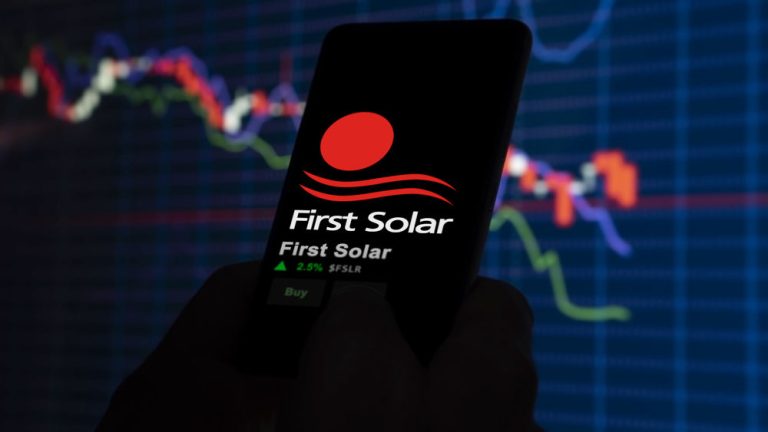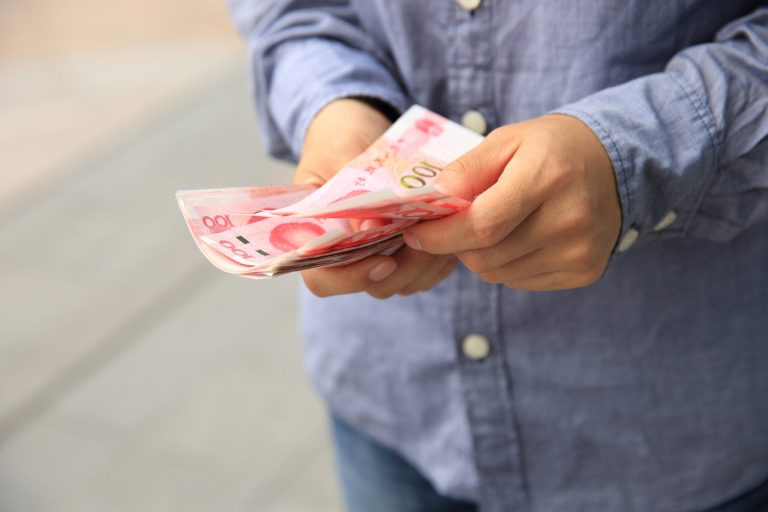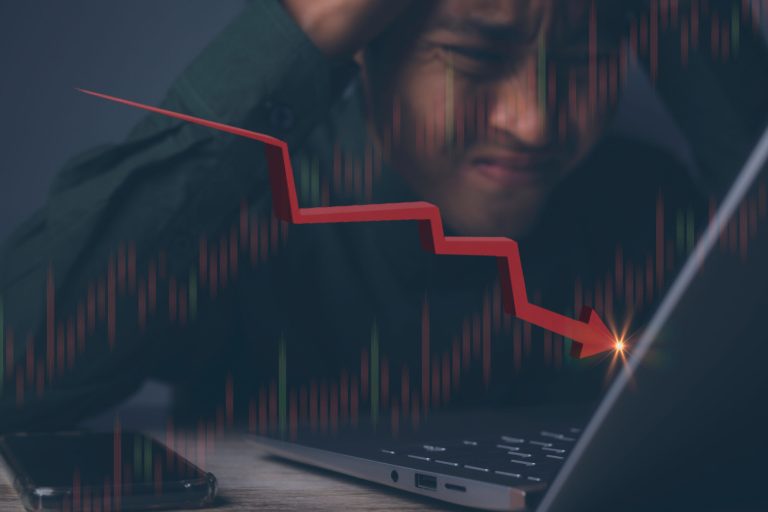First Solar (FSLR) stock has crashed and moved into a technical bear market as traders focus on the ongoing US presidential election and the rising odds that Donald Trump will win. After peaking at $306.35 in June, the stock has dropped by over 35% to the current $196, its lowest level since May.
Donald Trump’s odds are rising
First Solar and other solar energy stocks have tumbled as investors continue focusing on the US general election.
The most recent data shows that Trump has narrowed the gap with Kamala Harris. According to the New York Times, Trump has a national average polling average of 48 against Harris’ 49%, which is the narrowest spread since she entered the presidential race.
The two are almost tied in most battleground states. Trump leads Arizona by 2 points and Georgia and North Carolina by 1 point. Harris leads him in Michigan, Pennsylvania, Nevada, and Wisconsin by less than 1%.
Additional data by Poymarket shows that Trump has a 64% chance of winning compared to Harris 34%. This is an important prediction since people have staked their own cash, which now stands at $2.2 billion. Trump also leads in Kalshi with a 61% chance against Harris’ 39%.
It is still too early to predict whether these polls will be accurate. However, most analysts now believe that it is Trump’s race to lose.
Therefore, solar energy stocks have dropped because Trump has never been keen on the industry. Besides, his campaign has received millions of dollars from oil and gas executives since he has promised lax regulations.
This is unlike Joe Biden, who has been highly supportive of the solar industry through several bills like the Inflation Reduction Act.
However, the reality is that presidents don’t have a big impact on a company’s performance. For example, as shown below, First Solar stock price rose by over 120% during Donald Trump’s first term. It has risen by a similar amount during Biden’s term.
Interest rates as a catalyst
One reason why First Solar and other clean energy companies have underperformed the market in the past few years was the Federal Reserve.
The Fed started hiking interest to fight inflation, ultimately pushing them to between 5.25% and 5.50%, the highest point in over two decades.
Solar and wind companies always struggle when interest rates are soaring because of the rising cost of purchasing and installation. Besides, solar energy is an expensive investment that costs over $15,000 for a small home.
Additionally, these companies are battling cheaper manufacturers in China and India, which have lower manufacturing costs. There was also the supply chain issue that came after the Covid-19 pandemic.
Therefore, the company could benefit as interest rates start falling in the US and other markets.
Read more: Morgan Stanley sees a 65% upside in First Solar stock
First Solar’s business is doing well
First Solar’s business is doing well, with its revenue and profits rising. Data shows that its revenue rose from $2.7 billion in 2020 to over $3.3 billion last year. Its annual profit also jumped from $398 million in 2020 to over $1.2 billion in the trailing twelve months.
According to Yahoo Finance, analysts expect that its annual revenue will rise to $4.45 billion this year and $5.6 billion in 2026. Its earnings per share (EPS) is expected to grow to $13.47 this year and $21.32 in the following year. First Solar has a good track record of beating analysts estimates.
Most analysts have a positive outlook for the stock. Some of the most bullish analysts are from companies like Susquehanna, Roth MKM, Jefferies, Truist, and Bank of America. Data also shows that the average stock estimate is $293, or 46% higher than the current $196.
First Solar stock price analysis
FSLR chart by TradingView
The weekly chart shows that the FSLR stock price peaked at $306 after Joe Biden stepped aside and was replaced by Joe Biden. It then dropped by over 35% to the current $196.
The stock has also crashed below the 38.2% Fibonacci Retracement point. It also moved below the key support at $231, its highest point on May 8 this year.
First Solar shares remains above the 50-week and 200-week moving averages. Therefore, the outlook for the stock is relatively bearish ahead of the election. If this happens, it will drop to around $180, which coincides with the ascending trendline that connects the lowest points since July 2022. It will then bounce back after the election ends in November.
Read more: First Solar stock faces substantial risks but a 25% jump is likely
The post The bullish case for the First Solar stock price appeared first on Invezz










